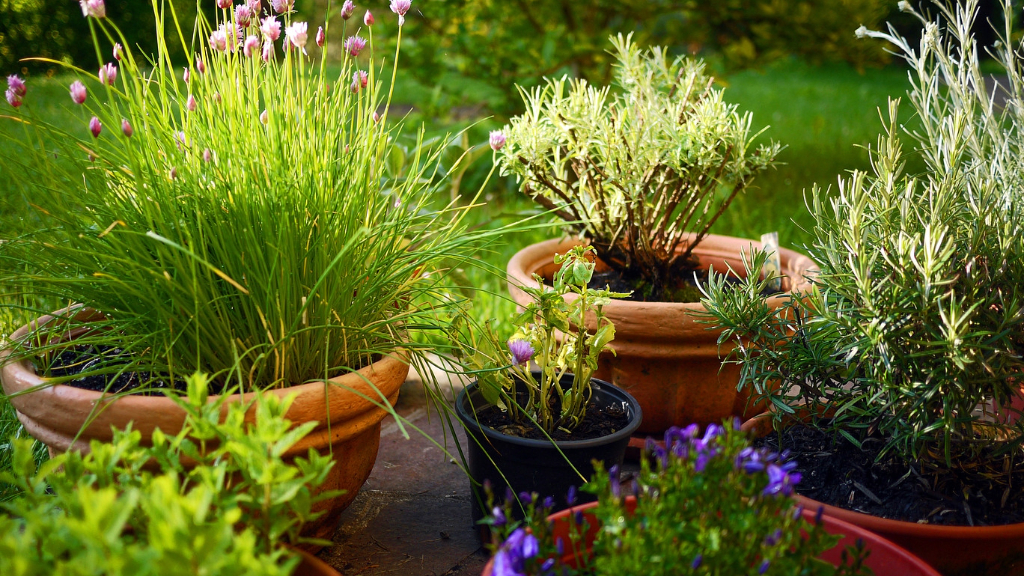Top 5 Plant Choices for Hot Climates


Most plants need some sunlight to photosynthesize and feed themselves, but what if the sun translates into hot? I mean really hot, as in United States Department of Agriculture zones 9 to 11. The lowest temperatures in these regions only dip to around 65 degrees Fahrenheit (18 C.) and normal temperatures in the summers can be sizzling. While heat is a requirement for many plants, excessive heat can cause stress and diminish plant growth. There has to be a happy medium in terms of light produced and heat that is acceptable. Fortunately, there are plants native to these regions, as well as long season fruits and vegetables that are quite happy in superheated landscapes.
1. Native plants. Seek native plants from your area for fool proof tolerance and adaptability. For instance, if you live in Texas, wise choices for the landscape might be Honey Mesquite trees, Chinquapin Oaks and Yaupon Holly. In Florida, the heat has a decidedly humid feel and native plants perform best in area are Gumbo Limbo, Wax Myrtle and Sea Grape. Each area will have extension offices to walk you through a guide of attractive native plants. Just remember that your region also has a microclimate that should be taken into consideration and that just because a plant is tolerant of heat, each type of heat is different. There are dry heats and moist heats, and plants aren't necessarily interchangeable to these different types of ambient temperature.
2. Vegetables. Many vegetables and fruits are perfect for growing in hot regions. Many of our favorite types of produce thrive and fruit prolifically in hot zones. Plants that need a long growing season are particularly adaptable to hot climates. Think warm-loving plants like:
3. Citrus fruit trees. Citrus trees also need plenty of sunshine and warm temperatures. These edible plants add interest and practicality to the warm region landscape.
4. Herb plants. Herbs are another useful plant in hot regions. Thyme, basil, cilantro, and oregano will flower and thrive in sunny, hot locations. They may need supplemental water but have brief periods of tolerance to drought as an added bonus, making them almost fool-proof additions to the garden.
5. Perennial plants. Perennials really give you value for your dollar. They come back year after year, get larger over time and can be divided to make more for free! Flowering perennials evolve into cutting gardens and places of colorful, sensory retreats. Some good all-around choices for the hot perennial garden are:
- Cleome
- California Poppy
- Tickseed (Coreopsis)
- Lantana
- Gaillardia
- Phlox
- Nicotiana
- Purple Coneflower
- Obedient Plant
- Gaura
You can sometimes grow plants that need shelter from hot areas by utilizing spaces in the garden that are naturally cool. Planting in partially shaded areas may be an option, as is adding a layer of mulch around plant roots to help cool soil. Northern sites tend to be a bit cooler and can be hosts to plants with sensitivity to high heat. For the most part, gardeners in hot regions have a very full cup when it comes to which plants they can grow. Excessive heat is a problem that gardeners in cool regions can't fully understand but we sure do envy.
Gardening tips, videos, info and more delivered right to your inbox!
Sign up for the Gardening Know How newsletter today and receive a free copy of our e-book "How to Grow Delicious Tomatoes".
-
 Zinnias On Repeat: 10 Glorious Cut-And-Come-Again Varieties For Endless Summer Bouquets
Zinnias On Repeat: 10 Glorious Cut-And-Come-Again Varieties For Endless Summer BouquetsThese zinnia varieties keep giving all summer, making them the perfect choice for dedicated cutting gardens – or just the occasional homegrown bouquet.
By Ellen Wells
-
 Create A Romantic Garden Straight Out Of Bridgerton: Regency Era Romance In Your Garden
Create A Romantic Garden Straight Out Of Bridgerton: Regency Era Romance In Your GardenTry some romantic garden ideas straight out of Bridgerton. Flowers and gardens in the Regency era were lush and charming and you can get the same look!
By Bonnie L. Grant